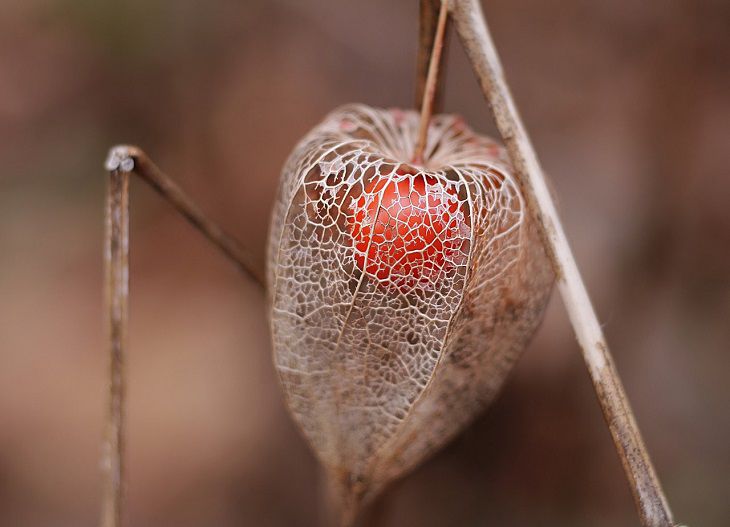Some garden plants have edible and toxic varieties, so you, as a gardener, should know the difference between them.
For instance, physalis contains small berries inside its calyces, but only some varieties are edible.
Here are a few tips on how to recognize them.
Fruit appearance
Edible physalis fruits are small, round berries enclosed in a papery husk or calyx.
The color of the husk can vary from light brown to light green, and it should be dry and crispy rather than damp or moldy.

Husk texture
Gently touch the husk to assess its texture.
It should feel dry and brittle to the touch, indicating that the fruit is mature and ready to be consumed.
Avoid physalis with husks that are soft, damp, or show signs of mold.
Husk color
The husk color can provide clues about the ripeness of the physalis fruit.
Look for husks that are fully developed and have turned a golden or amber color. Avoid fruits with green or unripe-looking husks.
Fruit color
Inside the husk, the edible physalis fruit should have a vibrant golden or orange color.
The fruit should be firm but not overly hard or mushy when gently pressed.
Fruit size
Edible physalis fruits are typically around the size of a cherry or marble, ranging from 1/2 inch to 1 inch in diameter.
The size may vary slightly depending on the specific physalis variety.
Sweet aroma
Pick up the fruit and bring it close to your nose. Ripe edible physalis should have a sweet, tropical aroma.
If the fruit lacks any scent or has an unpleasant odor, it is likely not suitable for consumption.
Taste
The flavor of edible physalis is a delightful blend of sweet and tangy.
When ripe, the fruit should have a pleasant balance of sweetness and acidity. Avoid physalis fruits that taste excessively sour or bitter.
Seed development
Check the inside of the fruit to see if the seeds have developed fully.
Edible physalis should have small, mature seeds that are firm and crunchy. Underdeveloped or soft seeds may indicate that the fruit is not yet ripe.









